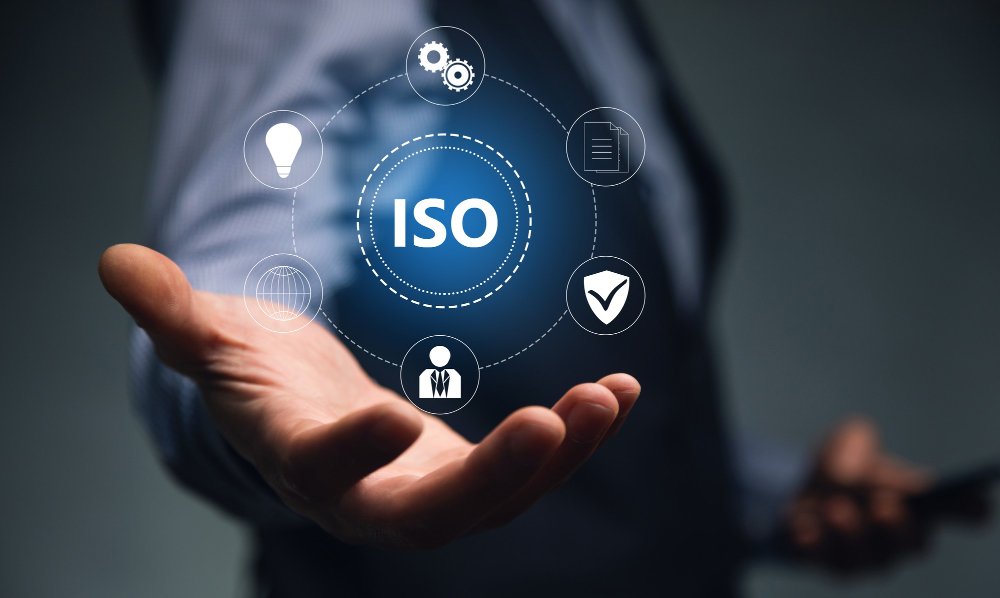How to choose the right LMS for your organisation
Choosing the right LMS (Learning Management System) is a crucial step for any company, school or educational institution that wants to digitise and manage education effectively. The wrong choice can lead to wasted time, unnecessary costs or low user motivation. Conversely, a well-chosen LMS will make it easier to manage educational content, motivate learning and provide useful data on progress and results. How can you navigate the offer and choose the best system for you?
Start with your needs and goals
Before you set out to choose a specific platform, it's essential to be clear about why you need an LMS and what problems it is designed to solve. Only then will you be able to compare the options in a meaningful way and avoid being attracted to "fancy" features that are not relevant to your situation.
Think in particular about:
What types of training do you want to implement? (e.g. onboarding, mandatory training, soft skills)
Who will use the LMS - internal staff, external partners, public?
How many people will be trained in the system at the same time?
What content format do you prefer - texts, videos, SCORM packages, webinars?
Consider your organization's technical and operational capabilities
Some systems are simple to implement, others require an in-house IT team, development or regular management. So find out in advance what your internal capabilities are, whether you prefer a hassle-free cloud service, or whether you want to fully manage the system yourself.
Key decisions include:
Open-source LMS (e.g. Moodle) vs. commercial solutions (Talent LMS, etc.)
Cloud (SaaS) vs. on-premise installation on your servers
Requirement for system customization - appearance, workflow, custom modules
Need to connect to other systems (e.g. HR, intranet, video learning tools)
Ensure a positive user experience
Even the best system won't work if users don't enjoy using it. So focus on ease of use, accessibility and motivation to learn. An LMS should work "without a manual" - intuitively and naturally.
Keep in mind:
Intuitive interface for learners and administrators
Customizable content for specific users (personalization, course recommendations)
Full mobile access - responsive design is essential
Availability in English or other desired language
Features you'll actually use
Modern LMS offers a range of tools - from gamification to interactive tests to advanced analytics. But the important thing is that they match your goals - that is, that they improve the learning process, motivation and learning management, not just "look good."
Important features may include:
Support for SCORM and xAPI standards for importing/exporting content and tracking learning
Gamification tools - badges, leaderboards, points
Ability to manage certificates and automatically issue them
Reports and analytics to track progress, throughput and active users
Manage user roles, groups and access rights
Security and Compliance
The LMS will handle your users' personal data - names, emails, learning outcomes... Therefore, it is essential to ensure that the system meets security standards and complies with current legislation, especially GDPR.
Check:
Where the data is hosted (ideally in the EU)
What are the conditions for backing up and encrypting data
Permission settings and audit logs
GDPR compliance (consent, right to erasure, cookie management, etc.)
Cost and total cost of operation
The cheapest solution can paradoxically be the most expensive - if you experience technical difficulties or run into missing functionality. Consider the costs in the longer term: not just acquisition, but also maintenance, development and support.
Calculate:
Initial investment (license, implementation, training)
Regular monthly/annual fees (based on number of users, features, etc.)
System administration costs - internal or external
Possibility to extend functionalities without having to change the whole solution
Choosing an LMS isn't just a technical decision - it's a choice that will impact everyone who learns with you. A well-chosen system can significantly streamline learning, motivate users and put valuable data in your hands. So take the time to choose, ask questions, research and compare not just "what the system can do" but more importantly "what it will actually deliver".
Want to compare specific LMS systems? Visit our LMS Catalog for dozens of detailed profiles, filtering by features, and a clear comparison of options.







